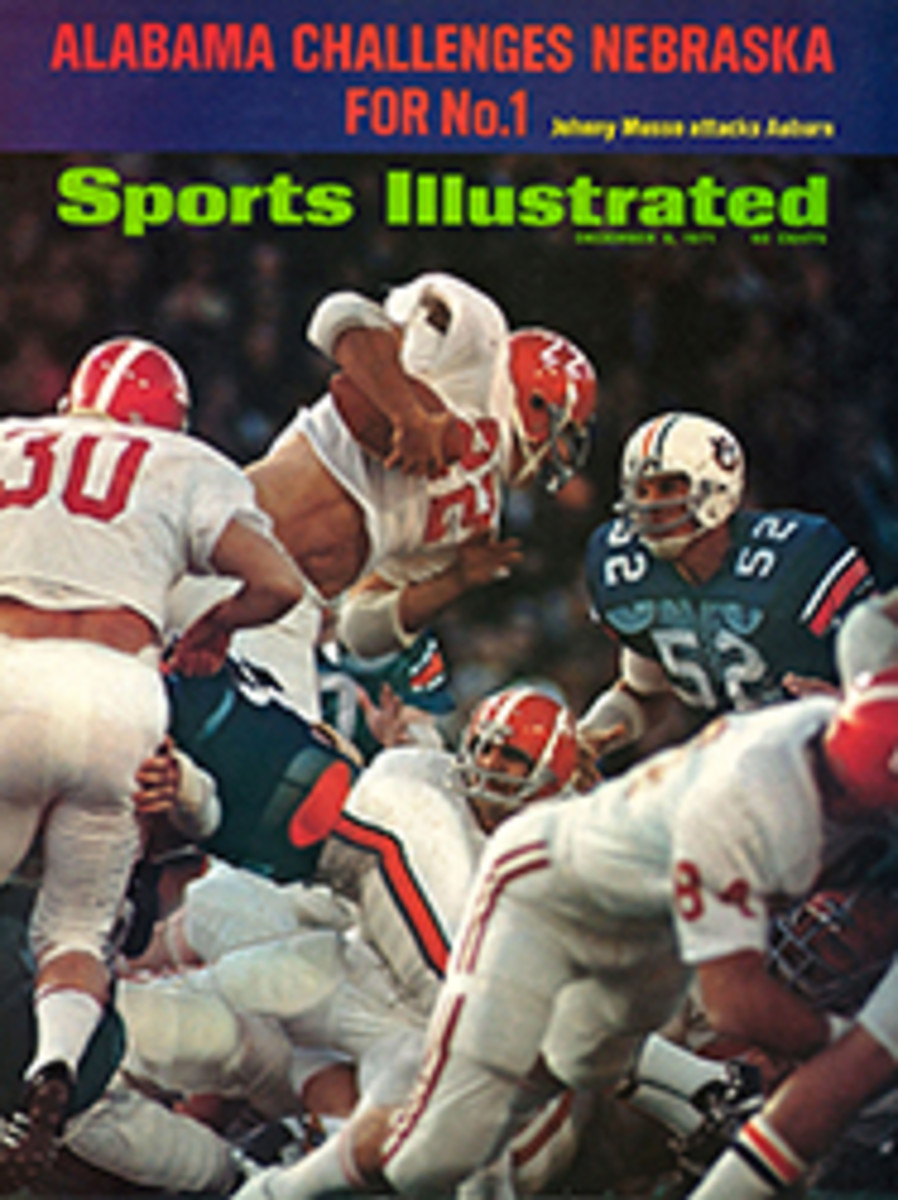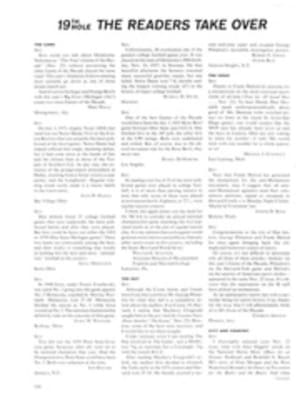
LETTER FROM THE PUBLISHER
It is sometimes our pleasure in this space to call attention to a writer of whom we are particularly proud, or to a story that we feel is unusually distinguished. This is such an occasion, on both counts. The writer is Ernest Hemingway, and his story, African Journal, is one that we will present in three parts beginning with our special year-end issue in two weeks.
In many respects, African Journal is a literary revelation. Based on a safari in Kenya that the author took with his wife Mary in 1953, it is a major addition to the body of Hemingway's outdoor writing, an area in which he has few equals in the English language. It is also the last unpublished Hemingway manuscript of its type; an extensive work of nonfiction, no part of which has been in print before.
African Journal will run in consecutive issues of SPORTS ILLUSTRATED to a length of 55,000 words, which represents slightly more than a quarter of the original manuscript. Perhaps there is no simpler way of measuring the interest and reading pleasure we find in it than pointing out that it is, by a considerable margin, the longest story we have ever chosen to print.
The existence of African Journal first came to our attention in 1969, after Pennsylvania State University made an inventory of Hemingway's remaining unpublished manuscripts. The work was referred to in rather cryptic fashion as "African Book," but Assistant Managing Editor Ray Cave's alert curiosity led him to call our occasional contributor, Mary Hemingway, and ask her if this was by any chance a hunting story. Yet it was, she said, and a few days later sent 26 pages for us to read. The manuscript was fascinating, but since it ended in mid-sentence we inquired if perhaps there was some more. Yes, Mary said, there was more, and she would be pleased to have us see it if we were interested.
We were quite unprepared for what arrived—another 824 pages of Hemingway on safari.
Early this year Cave undertook to excerpt the huge manuscript, following two fundamental rules that he and Mary Hemingway agreed were vital to preserve the integrity of the work: all deletions would be indicated; there would be no editing changes or additions. Cave called the task both rewarding and unnerving. "After a week or so." he says, "I began to sense a presence, a large offended figure looking over my shoulder, frowning at each cut I made."
Hemingway's presence is indeed there—in the vigor of the prose. The result is something quite special in the way of a hunting story.
PHOTO
MARY HEMINGWAY
HEMINGWAY ON HIS 1953 SAFARI, IN A PHOTOGRAPH BY MARY HEMINGWAY
PHOTO

